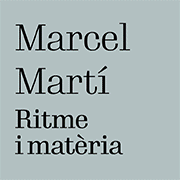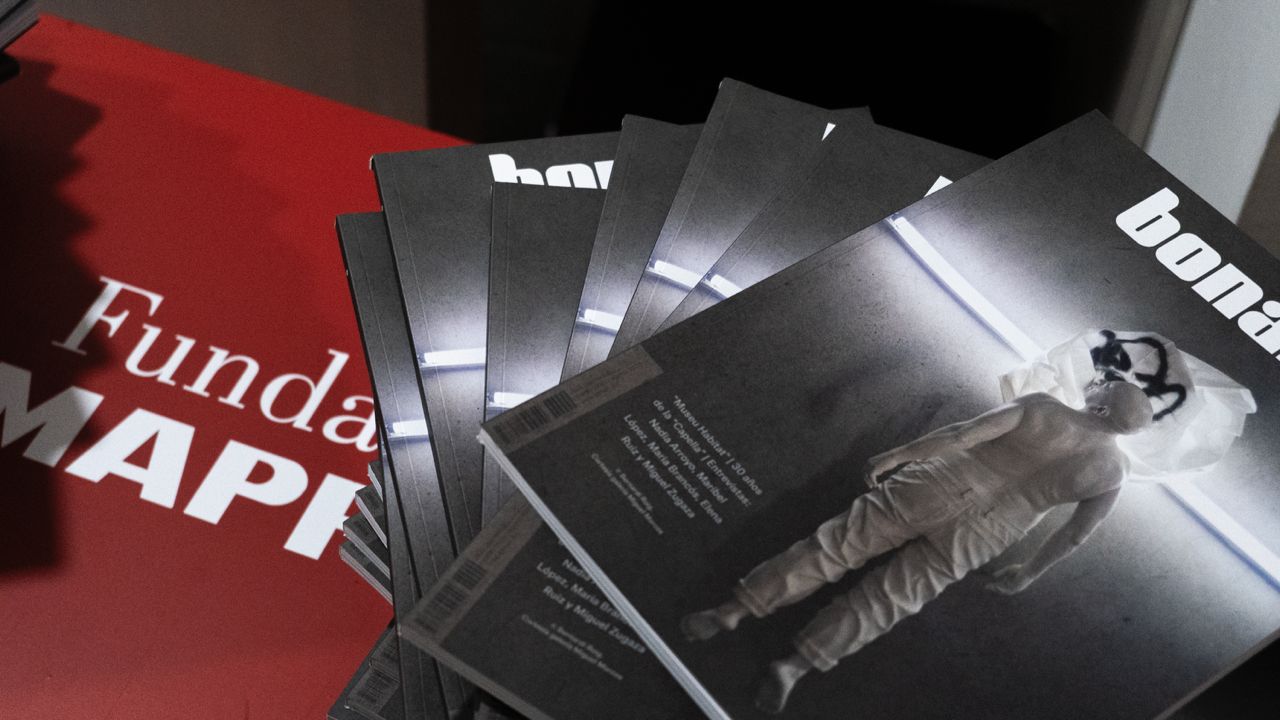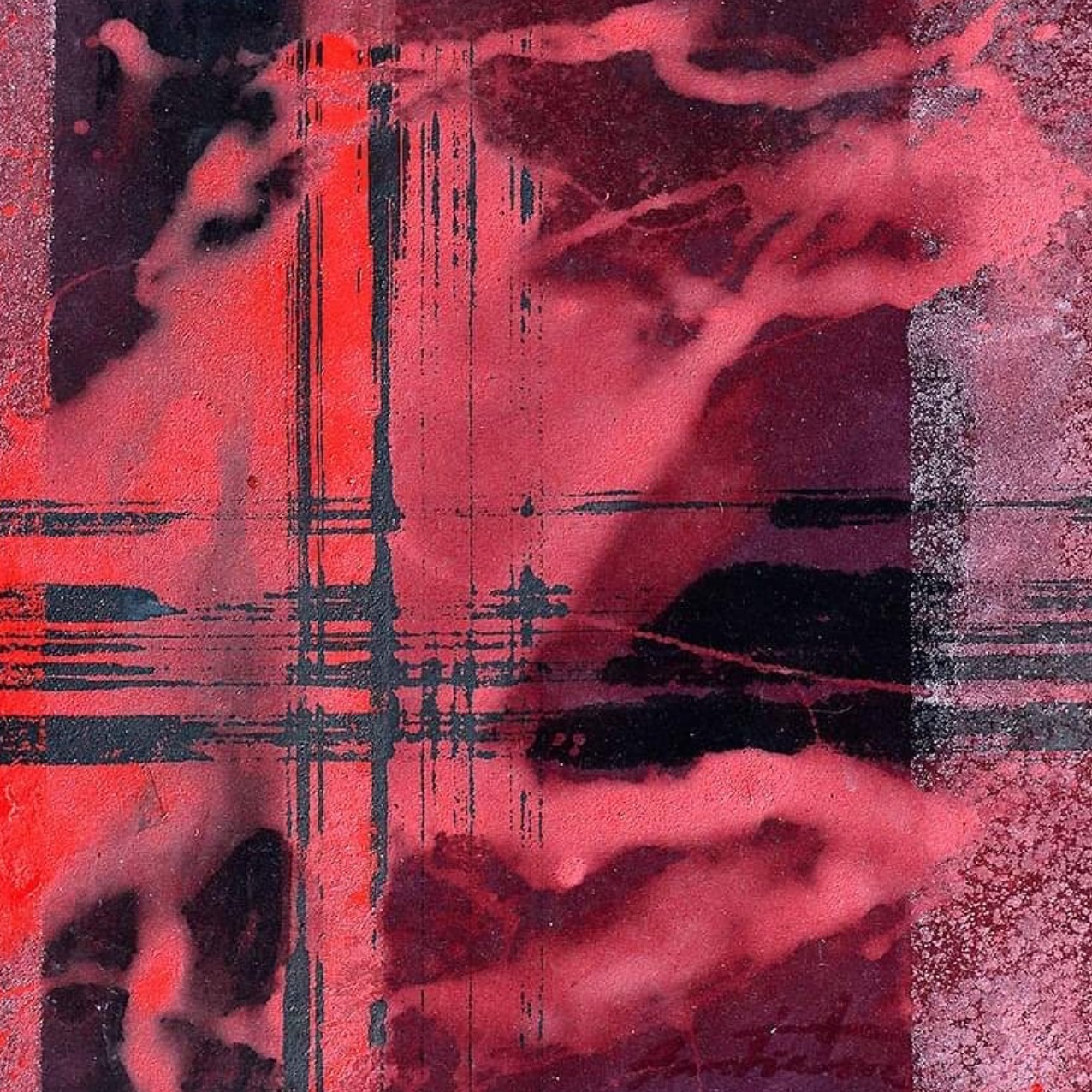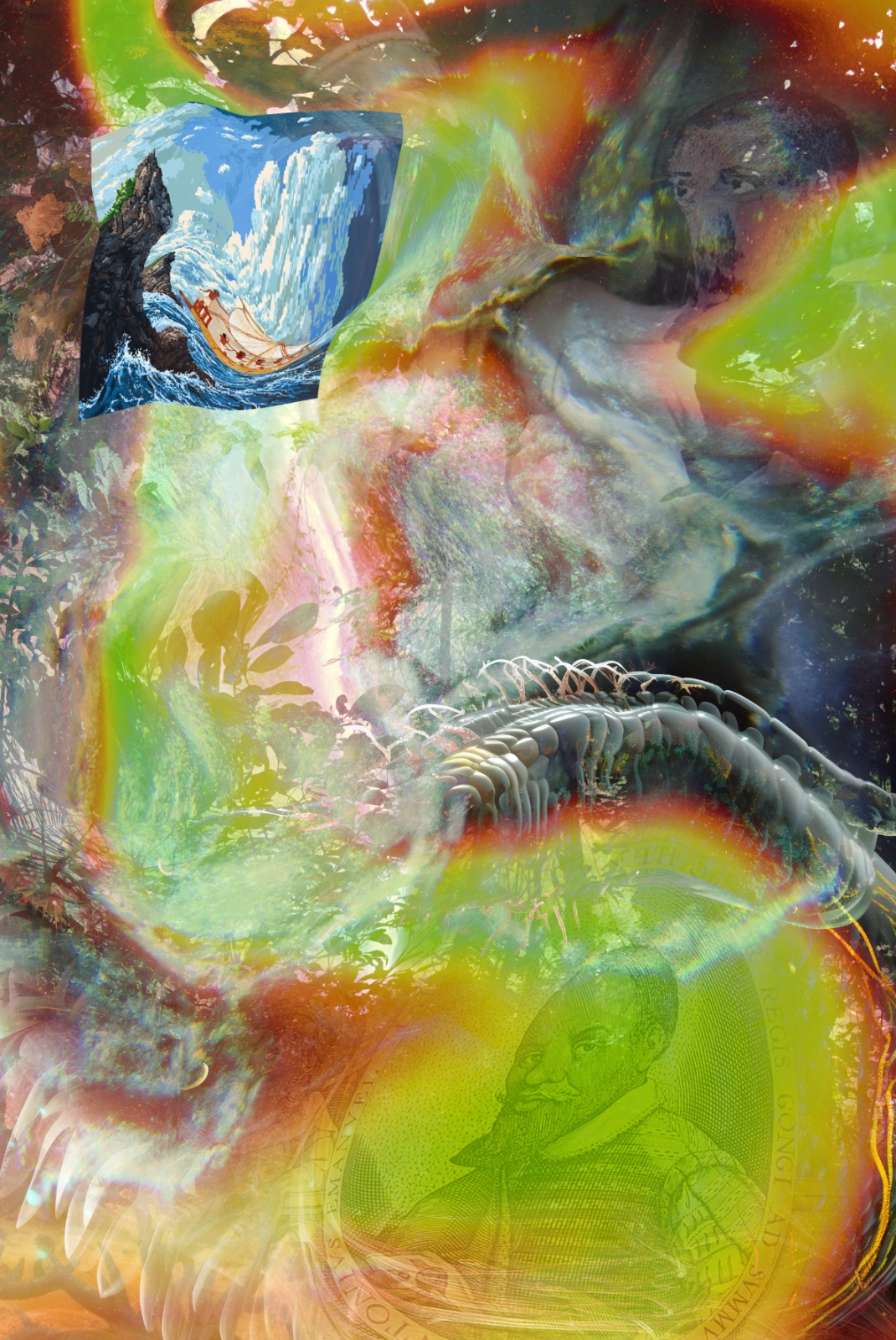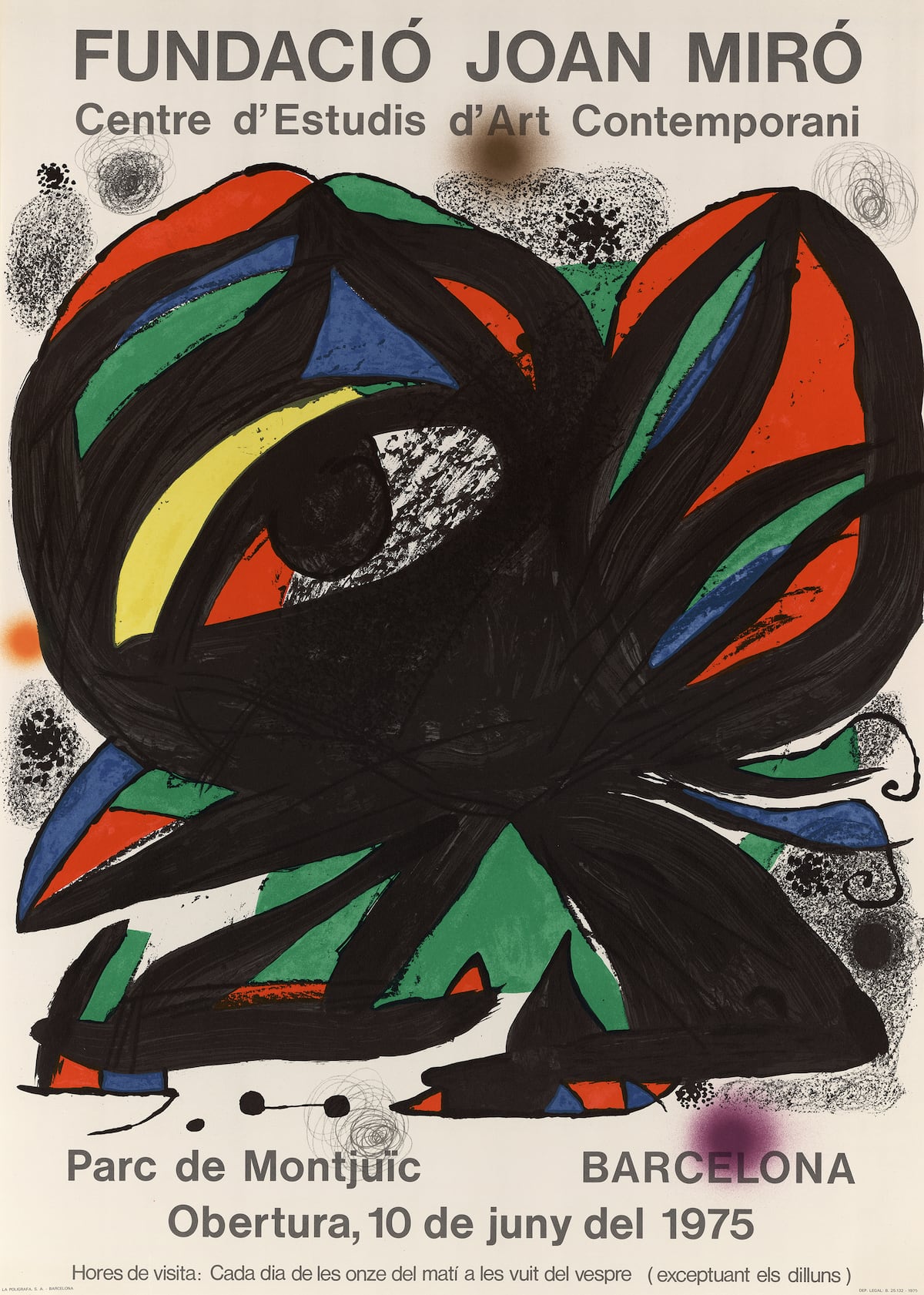Opinion
Meditations on Sixena

U. There is a final ruling from the Supreme Court that corroborates previous rulings (the oldest from 2016) according to which the MNAC must return the murals from Sixena. The motifs are property, the ownership of which the trial has shown to be Sixena. Nothing to say so far.
Two. Sixena is the owner and consequently has the right to demand its return. However, the sentence does not speak of return but of "restitution", and this is when the alarm bells go off. A restitution, in patrimonial terms, means admitting that there has been a plunder, a looting or an illicit appropriation. But this is missing the reality of the facts. The sentence gives a very superficial interpretation of the term restitution and also of what was the operation of Salvation of works of art that Josep Gudiol embarked on together with the Generalitat of Catalonia, supposedly without the document that accredits the consent of the General Directorate of Fine Arts, directed since September 1936 by Josep Renau. Renau's permission has effectively not been located, as the sentence says, but why don't the judges go into assessing all the historical elements that would allow them to avoid labeling the operation as plunder? Why is the exception of a war context not taken into account? Why is the altruistic spirit of the Heritage Salvation Commission of the Generalitat not taken into account, formed by artists (Fenosa, Shum or Benigani, among others) and art historians who met spontaneously just to help save some very precious works destined for burning and annihilation? Why has all the work done in rescue and conservation that prevented the certain disappearance of the works (given that for decades they would have been damaged in a roofless building in the open air) never been appreciated?
Three. But even in cases of cultural return or restitution (which today have defenders among some museologists and museum directors with a more contemporary perspective, and even supporters among those who carried out Salvament tasks in Aragon, such as the sculptor Apel·les Fenosa), it is not tolerable today in technical terms to do it in any way. The ICOM code of ethics for museums (2016) says that museums must indeed collaborate in cases of return or restitution (“in a dialogue with ways to return a cultural asset or community of origin”) but “it must be done in an impartial manner, based only on scientific, professional and humanitarian principles, if not also on applicable local, national and international legislation, which must be preferred to actions at the governmental and political level”.
That is, conditions are placed on the restitution: a scientific debate based on national and international regulations and legislation must take place. And without politics in the middle. Now, we must ask ourselves: how can an impartial debate be maintained if the initial complaint is political perpetrated by the Aragon government with statements full of hubris? And how can the MNAC enter into a dialogue as recommended by ICOM when it is labeled a plunderer by the plaintiff? Before sitting down, at least an act of humility, fraternity, rectification and gratitude would be necessary.
Four. What the MNAC has dedicated itself to promoting since the 2016 ruling is what ICOM is requesting: collecting scientific and technical opinions that prove that it is better not to move the Sixena paintings due to their fragility, based on internal, national and international reports of proven prestige that we will not repeat here. What has the other party done? On the part of Sixena, there is talk that an action protocol has been created for the transfer, which we do not know. No international reports of recognized prestige have been presented that defend the transfer. Nor any state reports. Even last year (January 2024) one of the reference associations that support the claim (Sijena Si) demanded an action protocol for the transfer and admitted the lack of a museum plan in Sixena.
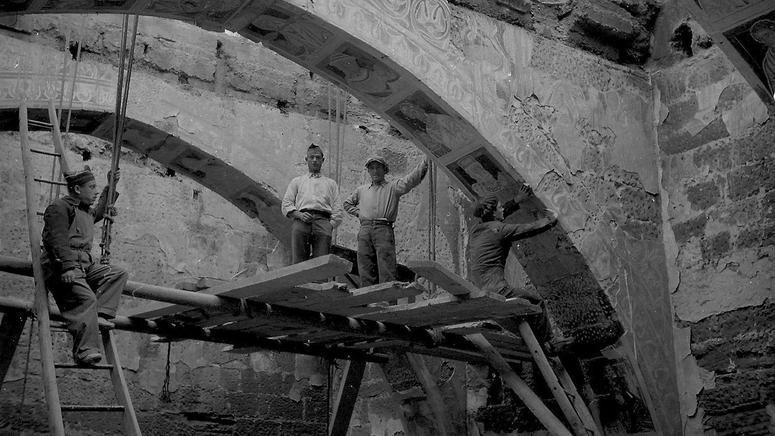 Primeres intervencions d'arrencaments de les obres al monestir de Sixena (1936)
Primeres intervencions d'arrencaments de les obres al monestir de Sixena (1936)
Five. Let's now take as good the words of politicians and technicians from Aragon and Sixena who affirm that adaptation and rehabilitation works have been carried out in the monastery and the chapter house worth more than a million euros for proper acclimatization. We have no reason to doubt it. Understandably, we are on the way: but this is not a technical report that ensures the survival of the works and removes them from their conservation risk. Conservation goes beyond air conditioning and thermal insulation equipment. It must at least match what a first-class museum like the MNAC offers today, an expert, by the way, in the conservation of fresco paintings which is its world specialty. Human conservation teams, full-time restoration teams, and technical equipment that must be updated to guarantee the best possible setting over time (which is not the time for fleeting investment in politics). The MNAC has been demonstrating this every day for years and has a plan in place. Sixena has not yet demonstrated this (and it must, because before 2015 it was not in a position to host anything). We are not saying that it cannot do so. We are saying that it is yet to be demonstrated. With documents, international support, technical reports, budgets, investments, museographic plans.
Six. This is important: demonstrate, demonstrate, demonstrate. The murals of Sixena are not just anything. They are an Asset of Cultural Interest at the Spanish level. This requires special protection, a guarantee from the technicians that there will be no risk to their conservation. Furthermore, the Spanish Cultural Heritage Law of 1985, in its eighth article, requires professionals and civil society in general to alert of any suspicion of “expoliation” (a legal term that has no clear translation in Catalan, but which would be any “action that could or is damaging a specific heritage asset”. In other words, the government of Aragon could go from being accused of plunder to being accused of “expoliation”, of causing damage to the heritage. For this reason, the MNAC is once again right to focus its work on accumulating recommendations of a technical nature. And it could not do it any other way: it is its obligation. It is everyone's obligation to alert of the potential dangers of the transfer. The law requires it. An observation that surprisingly has not been taken into account by the courts.
Seven. Are these confessed conservation dangers perhaps exaggerated? No: it is the opinion of the technicians. Any professional restoration and conservation technician with a recognized track record would not recommend moving a painting in the state that Sixena's is in. Yes, he can say, as was said in the sentence, that the move is possible. Indeed, it cannot be said that it is not. Moving without it being completely destroyed is possible. Moving, however, without the risk of damaging the work, is not possible to affirm by a technician having analyzed the works.
I insist: the MNAC has been accumulating dozens of reports and statements from specialists talking about the risk of moving the works and damaging them. And Sixena? We only have the opinion of the ESCYRA (Higher School of Conservation and Restoration of Cultural Assets of Aragon) through the press, the same ones who -we know from the media- have drawn up a transfer protocol that has not been transpired and without having seen the works. This center, which deserves all our respect, with a trajectory of twenty-four years, I would say that it cannot be compared with the trajectory of a century-old museum like the MNAC, one of the first in the world in the specialty of mural painting, and with technical specialists in the field.
Those who accuse that the murals were moved internally during the 1980s within the MNAC or that some fragments of the murals were moved three decades ago in international exhibitions demonstrate little up-to-date knowledge in conservation. The criteria have changed in thirty years, as they had changed during the 1980s with respect to the civil war. Today they have become more demanding, in defense of the preservation of heritage, which is why, for example, the Lady of Elche, located in Madrid, has not been allowed to travel to Elche, not even for a temporary exhibition, after a state report.
 Pintures de la sala capitular de Sixena al MNAC.
Pintures de la sala capitular de Sixena al MNAC.
Eight. And now what? We have missed the opinion of jurists and lawyers these days on the Catalan side. The sentence has already been ratified by none other than the High Court. The only path left would be the Constitutional Court, which some voices consider unpassable. Is that so? And the letter of the Cultural Interest Property? It is the State that declares these Properties of this nature: does it have the competences and the courage to defend them too? There is state representation on the board of trustees of the MNAC: who defends the damages and risks to the heritage of the BICs? Who analyses the technical reports? Doesn't the Instituto Patrimonio Cultural de España have anything to say? And the Ministry of Culture, couldn't it make a report like it did with the Lady of Elche two years ago with which its transfer was stopped? And can a report from the Ministry of Culture on a BIC change the decision of a sentence? What weighs more: the law or the protection of the heritage of a BIC?
Coda. We must take pressure off the MNAC, which has focused its efforts in the only possible direction: providing technical evidence that defends the heritage and, in return, exposes the plaintiff, because it is necessary to defend itself against a decision that will fragment the museum's important collection of Romanesque paintings. The ball is in the court of Aragon (which must prove many things scientifically) and Madrid (which should accept them as good or not). Common sense says that a state institution, responsible for protecting national heritage, should evaluate all the documents provided by the parties, re-do a scientific analysis of the work and, if it sees dangers, stop the transfer, until the community hosting the works can demonstrate that it has all the technical and personnel conditions guaranteed, in a long-term plan, to guarantee that this precious heritage is not, this time, sentenced to life.
Albert Mercadé. Art historian and critic. President of the ACCA



